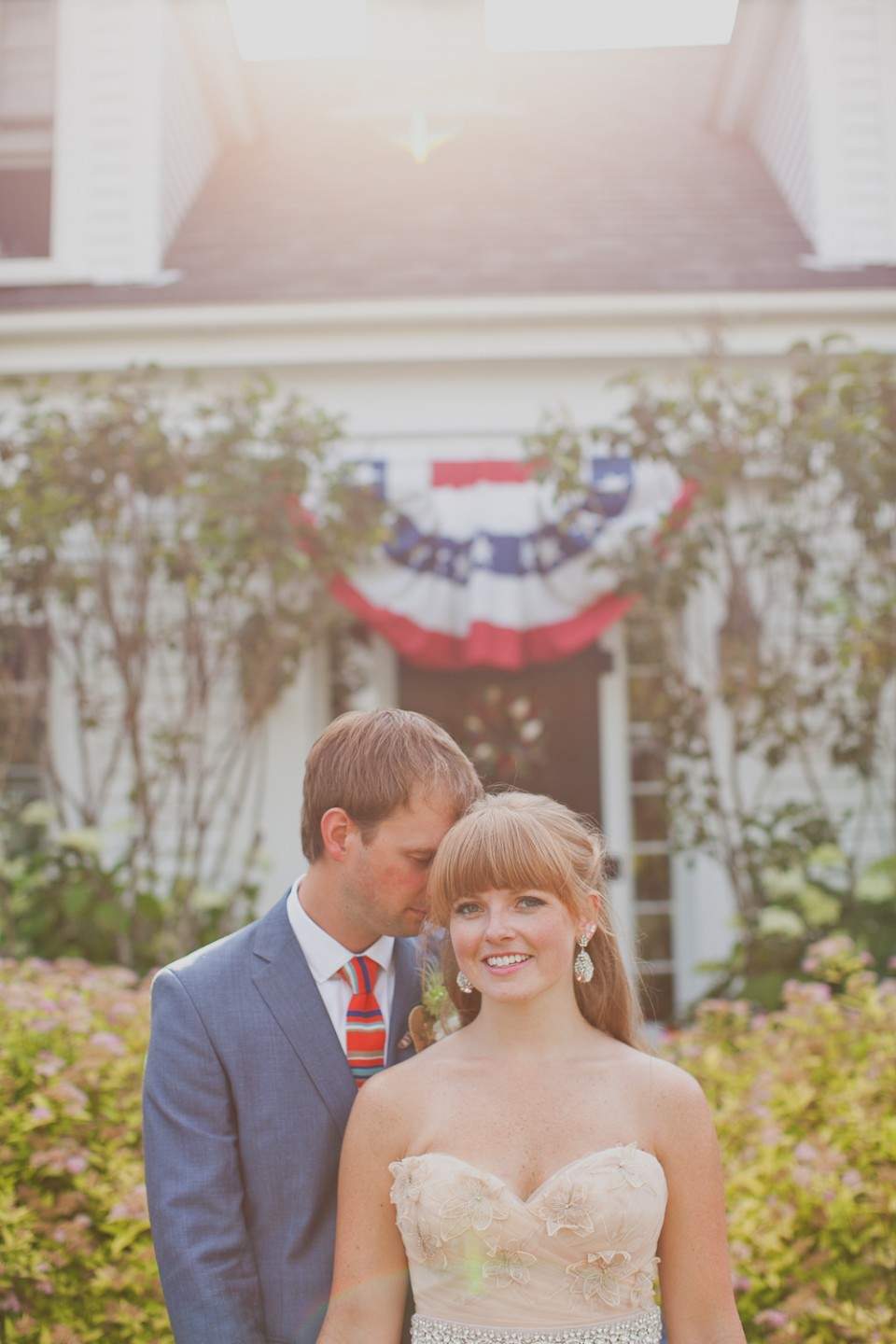Home » BLOG & NEWS » Planning Your Maine Wedding: Part IV: Timeline Management

SEARCH FOR
CATEGORIES
Planning Your Maine Wedding: Part IV: Timeline Management

Published December 6th, 2012
This is the fourth installment in our five-part series based on the wedding planning guidance that I offer my clients at French’s Point. In this series, I provide tips on central concerns like budget creation, vendor selection, the ceremony, timeline management, and set-up, addressing each topic in the order that I typically address it with the client. Last time, I covered the ceremony. Today, I’ll discuss how to establish and stick to a timeline.
The timeline initially comes together during my preliminary conversations with the couple, as they are making a priorities list and selecting vendors. A timeline is a schedule for the wedding day, including the order you’d like things to go and how long you’d like every element to last. They tend to expand and contract depending on how important the particular stage of the ceremony or reception is and how much detail is established. That said, we do have a foundational timeline that lays out a six hour event, the most common length at French’s Point. Many of my clients work with some variation of this foundational timeline.
The clients timeline will tie to the Itinerary created for wedding weekend festivities. (Check out our sample itineraries for spring, summer, and fall.)
From the foundational timeline, we tweak the time allotted for each element of the day according to the vendor contracts, which state in what parameters their services are provided. It’s important to have a basic timeline in place before you negotiate with vendors so that you can be clear how much time you need and at what point in the day. Because vendors are often booked at multiple weddings a day, it can be difficult to adjust their time commitment after the fact.
After the vendors have been organized, the timeline then becomes a tool that our French’s Point coordination team uses to make sure everything flows as smoothly as possible on your wedding day. By the wedding day, you and our team have added such personal detail that it becomes a unique blueprint. Our job is to then make sure the reality follows the blueprint. This includes guiding the couple and the guests from one element of the day to the next without seams or awkward transitions, keeping vendors on task and on schedule(all you photographers know just what I am talking about), and managing any sudden issues that threaten to derail the timeline.
On your wedding day, your team works with your timeline should be behind-the-scenes. Why? Because the key to timeline management is to tamp stress and eliminate blips, creating a natural flow to your wedding so that everyone involved feels like the whole experience was nothing less than a joyous, perfect evolution.